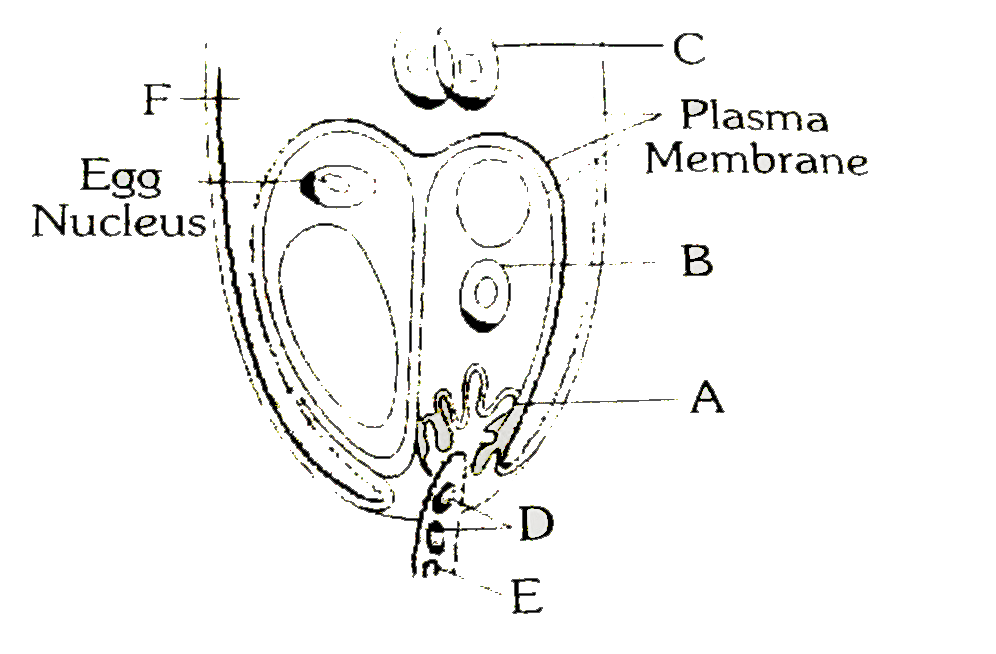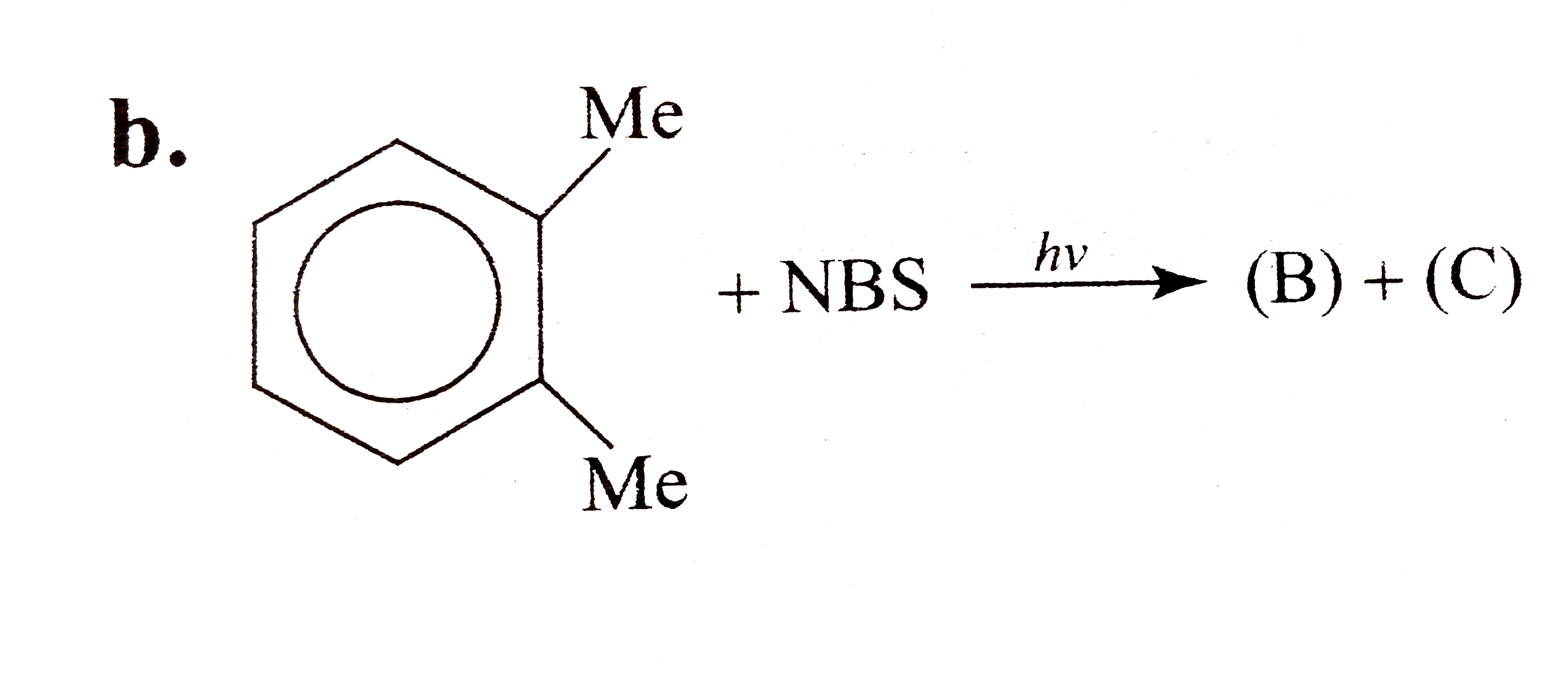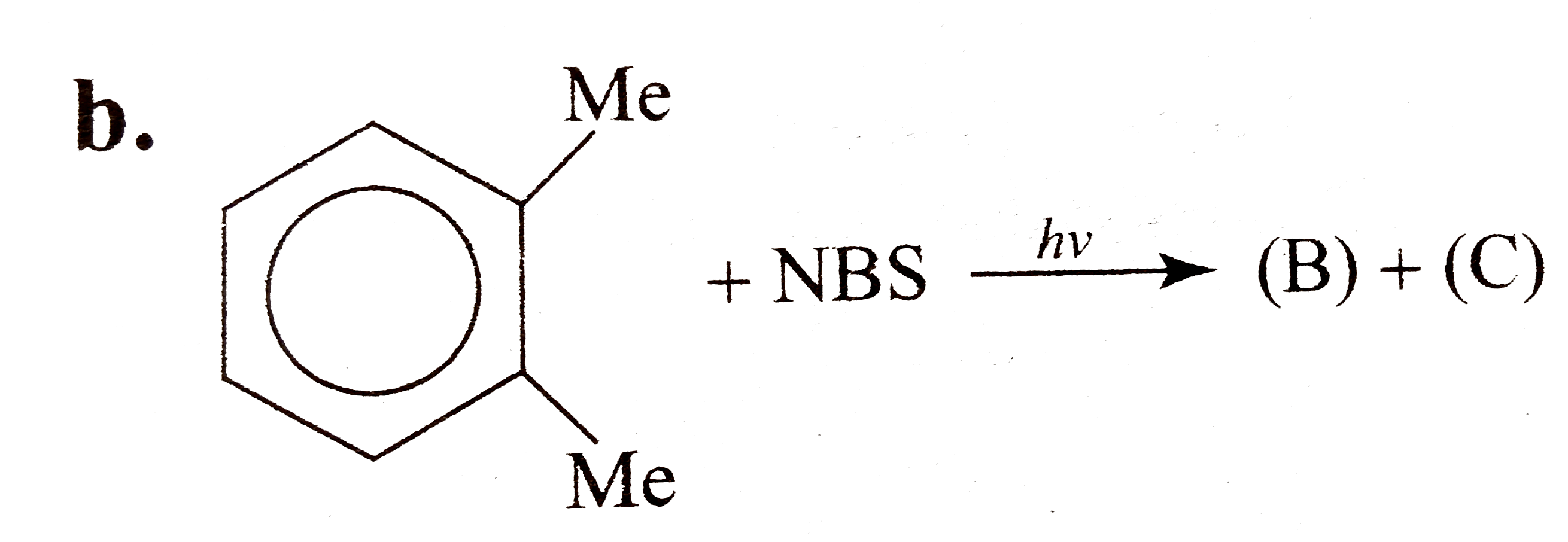Some characters / structures are given below. How many of them are found in both bryophyta and pteridophyta?
A. Archegonium
B. Protonema
C. Embryo
D. Ovule
E. Vascular tissue
F. Antheridium
Two
Three
Four
Five
The correct Answer is:B
To determine how many characters/structures are found in both Bryophyta and Pteridophyta, we will analyze each structure listed in the question:
1. Archegonium:
- Found in both Bryophyta and Pteridophyta. It is the female reproductive structure that produces eggs.
2. Protonema:
- Found only in Bryophyta. It is a filamentous stage that develops from the spore and is not present in Pteridophyta.
3. Embryo:
- Found in both Bryophyta and Pteridophyta. It develops from the fertilized egg after fertilization.
4. Ovule:
- Not found in Bryophyta. Ovules are present in seed plants (Gymnosperms and Angiosperms) but not in Bryophyta or Pteridophyta.
5. Vascular Tissue:
- Present only in Pteridophyta. Bryophyta lacks true vascular tissue; they are non-vascular plants.
6. Antheridium:
- Found in both Bryophyta and Pteridophyta. It is the male reproductive structure that produces sperm.
Now, let's summarize the findings:
- Structures found in both Bryophyta and Pteridophyta:
- Archegonium
- Embryo
- Antheridium
Thus, the total number of structures found in both groups is 3.
Final Answer:
The number of structures found in both Bryophyta and Pteridophyta is 3.
- Found in both Bryophyta and Pteridophyta. It is the female reproductive structure that produces eggs.
2. Protonema:
- Found only in Bryophyta. It is a filamentous stage that develops from the spore and is not present in Pteridophyta.
- Found in both Bryophyta and Pteridophyta. It develops from the fertilized egg after fertilization.
- Not found in Bryophyta. Ovules are present in seed plants (Gymnosperms and Angiosperms) but not in Bryophyta or Pteridophyta.
- Present only in Pteridophyta. Bryophyta lacks true vascular tissue; they are non-vascular plants.
- Found in both Bryophyta and Pteridophyta. It is the male reproductive structure that produces sperm.
- Archegonium
- Embryo
- Antheridium
The number of structures found in both Bryophyta and Pteridophyta is 3.
Similar Questions
Knowledge Check
Some characters/structures are given below. How many of them are found in both bryophyta and pteridopyta?
(A) Archegonium
(B) Protonema
(C) Embryo
(D) Ovule
(E) Vascular tissue
(F) AntheridiumATwoBThreeCFourDFiveHow many (in number) of the following properties are the defining characteristics of living organisms? Growth, reproduction, metabolism, cellular organisation, Consciousness
ATwoBThreeCFourDFiveSome cells of connective tissue are given below
A. Fibroblast B. Mast cell C. Chondrocytes
D. Macrophage E. Osteocytes F. Plasma cells
How many of them are present in lacuna? (AThreeBTwoCFourDFive
There are 6 students A,B,C,D,E,F. In how many ways can they be seated in a line so that C and D do not sit together?
View SolutionIdentify a, b, c, d, e and f in the table given below :

View SolutionExamine the figure given below showing entry of pollen tube into embryo sac. Identify A. B. C. D. E and F respectively

View SolutionSome characters are given below. Which of them are true for the cyanobacteria?
a) Oxygenic photosynthesis ltbr b) Non-oxygenic chemotroplasm
c) Oxygenic chemotroplasm
d) Ability of N2 fixation.
View SolutionFrom the list of proteins given below, select the correct ones for muscular tissue.
A. Myosin , B. Myoglobin, C. Elastin, D. Ossein , E. Actin
View Solution






 Three products
Three products 